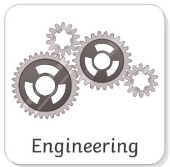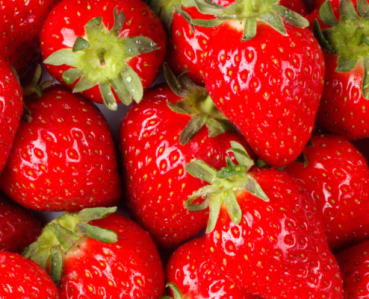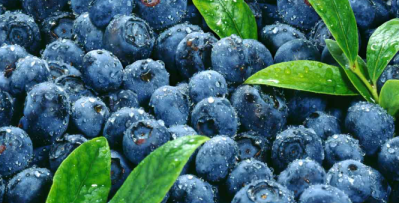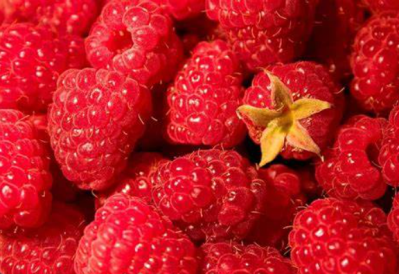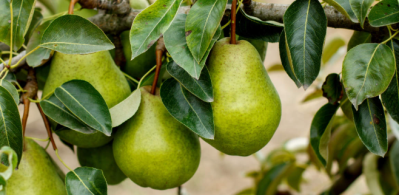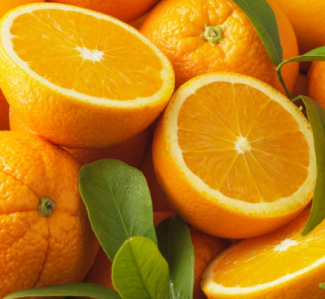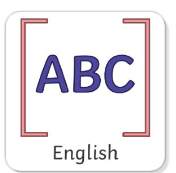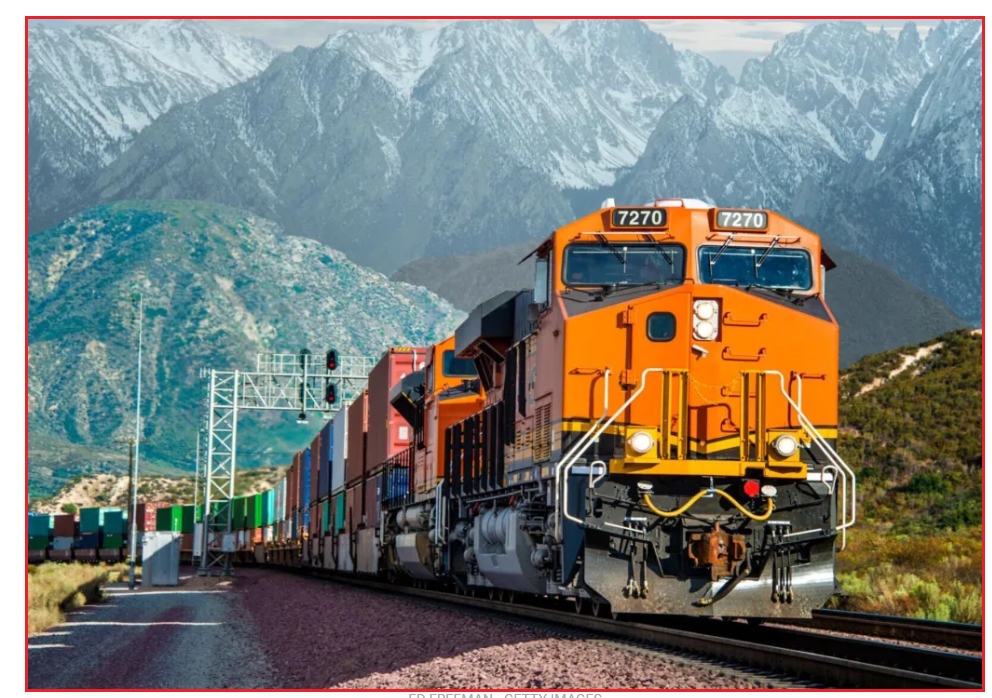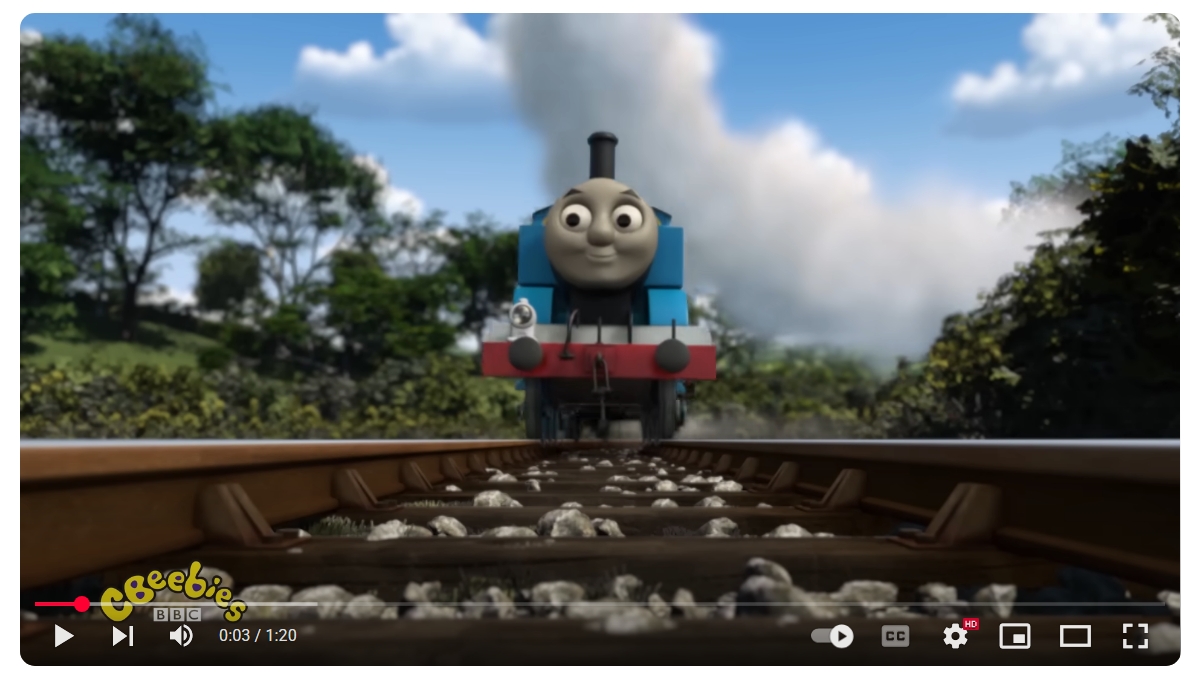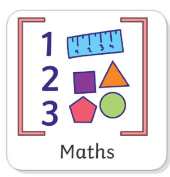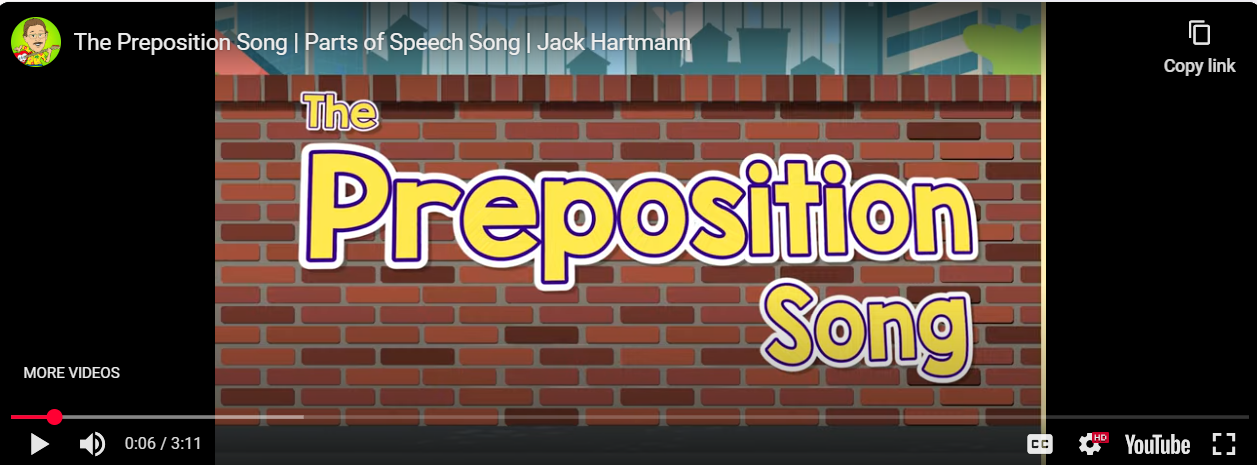Wednesday

Article 27 of the UNCRC says that children and young people should be able to live in a way that helps them reach their full physical, mental, spiritual, moral and social potential
Can we investigate where food comes from?
Today we are on the next stage of our STEMterprise project. This stage is about the ingredients we are going to use and where they come from.
All the ingredients we are going to use for our yoghurt cafes will have been grown or produced in Britain.
Using ingredients that are grown in Britain is one way that we can care for the environment because it reduces how far the food has to travel to reach our plates. This reduces the need for transport, reducing air pollution.
Yoghurt is a dairy product.
Dairy products are made from milk.
Talk partners
Where does milk come from?
Talk partner
How many fruits can you think of?
Do you know where fruit comes from?
Can you name parts of a plant?
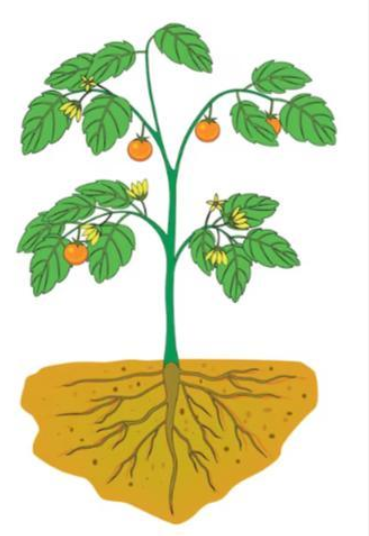
Can you name parts of a tree?
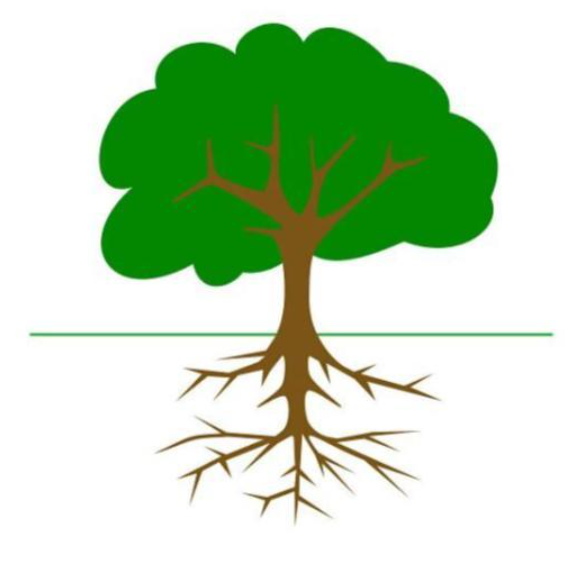
Where do these fruits come from?
1R - Fruit engineering
Now let’s explore fruit and seeds. Can you see the size or colour difference?
Now let’s explore fruit and seeds. Can you see the size or colour difference?
Introduce and discuss key vocabulary, linking meanings of new words to those already known.
Grammar warm up

What type of train do you think our pet train is?
That's right - it's a steam train.
Our pet train knows a lot about trains and wants to share some special words with us.
Let's talk about these words together and add to the English Learning wall:
railway cars
carry
goods
track
chug
freight
containers
passenger
monorail
powered
electricity
subway
underground
signs
signals
crossings
Can you spot any of these words in this article about different types of trains? Tap on the photo below to read all about them...
Diesel Trains
Diesel locomotives were first used after World War One. In a diesel locomotive the power comes from the engine and burns diesel oil. The engine doesn't drive the wheels but has an electric motor that turns the wheels. Diesel-powered trains are used world wide because they are powerful and less expensive than other trains.
On flipcharts - In groups you need to create notes about diesel trains.
Your homework for today is to think what our class train's name is.
Here is a videos which might help you out.
Revision - space!
Key vocabulary - 'top', 'middle' and 'bottom'; 'around', 'close', 'near' and 'far'; and 'on top of', 'in front of' and 'above', 'up and down', 'forwards and backwards' and 'inside and outside.
Lets watch this video about different positions!
Now lets complete pages 161-162!

